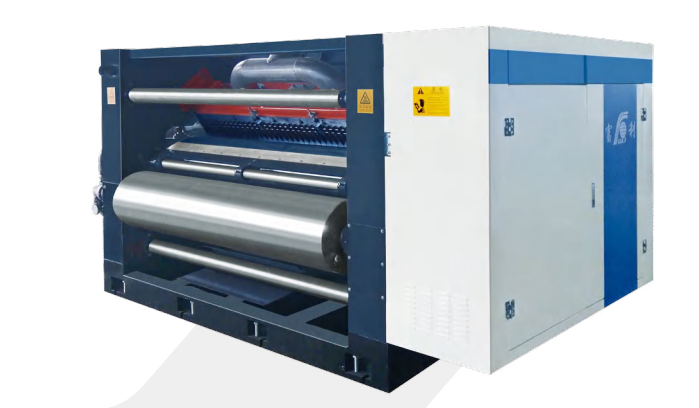EnglishEspañolPortuguêsDeutschहिंदी日本語ខ្មែរNederlandsالعربية한국어मराठीMalagasyItalianoPolskiSvenskaελληνικάPусскийภาษาไทยTürkShqipMagyarViệtSamoaМонголMaltiIndonesia FrançaisMelayuҚазақшаYorùbáবাঙালিעִברִיתGàidhligSomaliEesti keelKreyòl Ayisyennorskčeštinaفارسیతెలుగుမြန်မာBosanskiMaoriქართულიRomânăбеларускіУкраїнськаతమిళGaeilgeSuomalainenپښتوລາວհայերենSlovenščinaFilipinoO'zbekÍslenskaייִדישLatviešuGalegoFryskनेपालीKurdîCatalàбългарскиHawaiianHrvatskiਪੰਜਾਬੀWong JawaKiswahililëtzebuergeschisiXhosaEuskalSundaZuluગુજરાતીТоҷикӣ
- Casa
- Chi siamo
-
Elenco prodotti
- Linea ondulata
- Macchina ondulata >
-
Ricambi a macchina ondulata >
- Lama di taglio
- Giunto rotante
- Ruota del sole
- Pettine per il marcatore di scivolone
- Cintura del trasportatore
- Pastiglie dei freni
- Rullo ondulato
- Pompa diaframma per colla
- Lama da taglio NC
- Mola
- Stripper di carta scarica
- Chuck di espansione
- Tubo flessibile in metallo
- Nastro per splicer
- Cintura di trazione del ponte sopraelevato
- Trappola a vapore
- Cilindri pneumatici
- Freno pneumatico
- Air Bellow Spring
- Pompa a vuoto ad anello d'acqua
- Lubrificante a macchina ondulata
- Distanziatore di gomma
- Distanziatore placcato in titanio
- Flexo Stampter Slotter
- Macchina della stampante Flexo >
-
Parti di ricambio della stampante >
- piastra di rame
- PIASTRA DI STAMPARE
- Pompa Aro.
- Pennello in acciaio e ottone
- Filtro in inchiostro
- Doctor Blades.
- Copertura dell'antico
- Lama di slotting.
- Nastro in fibra
- Cornice sospesa
- PET PRESSIONE PET con film
- Cuscino di stampa r e bak
- Ruota di alimentazione
- Un modo portante
- Die board rotary.
- Pompa a diaframma singola
- Blocco finale con condotto a inchiostro
- Diaframma in gomma
- Valvola di Duckbill
- Freno della frizione magnetica
- Striscia di scanalatura sospesa
- Macchina da imballaggio >
- Macchina per cartone >
- Parti della macchina di cartone. >
- Cinture a doppia facciatura.
- Cucitura del sistema di incollaggio >
- Lama di taglio di cartone >
- Lama in acciaio di tungsteno >
- Mola
- Stripper di rifiuti
- Lama della macchina per imballaggio >
- Apparecchiatura pre-pressione >
-
Lama di taglio industriale >
- Lama da sega circolare di taglio delle piastrelle
- Lama della sega da taglio in metallo
- Lama segale da taglio in legno
- Lama segale da taglio del cibo
- Lama da taglio in fibra
- Blade di chipper
- Stampo pieghevole
- Lama per la macchina da taglio vegetale
- Lama sottile in acciaio
- Lama da stampo Tsukatani
- Lama da stampante
- Blade della macchina maschera
- Slitter Rewinder Blade
- Lama tmr
- Lama circolare del tabacco
- Roll Shear Blade
- Coltello dentellato per imballaggio
- Blade a fascia da taglio di carta
- Lame del dottore
- Lama rotonda
- Tre buche lama
- Lama ceramica
- Bastello a banda Blade per tessuto
- Bastello a banda Blade per spugna schiuma
- Bastello a banda per la scissione della macchina
- Lama del coltello a banda per carta
- Porta della lama
- Lama di taglio industriale
- Taglierina
- Smerigliatrice angolare
- Blade Shredder
- V Grooving Blade
- Forbici elettriche
- CNC Machine Blade & Tools
- Lama di trasformazione alimentare
- Notizia
- video
- Contatti
- Invia domanda




 printing pressure can be appropriately reduced to make up for it, and the layout with the least number of patterns should be arranged in the first color group so that the paper powder and paper hair can be stained when printing the first color. , And the printing speed should not be too fast, but also wash the blanket. For some papers that have lost powder and have more severe hair loss, the use of prepress air pressure or preprinting of a layer of anti-sticking agent (plus a small amount of white ink) may solve the problem to some extent, but in materials, energy, time, etc. The consumption will undoubtedly increase the cost, and there will still be various problems in the post-press processing.
printing pressure can be appropriately reduced to make up for it, and the layout with the least number of patterns should be arranged in the first color group so that the paper powder and paper hair can be stained when printing the first color. , And the printing speed should not be too fast, but also wash the blanket. For some papers that have lost powder and have more severe hair loss, the use of prepress air pressure or preprinting of a layer of anti-sticking agent (plus a small amount of white ink) may solve the problem to some extent, but in materials, energy, time, etc. The consumption will undoubtedly increase the cost, and there will still be various problems in the post-press processing.








